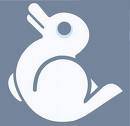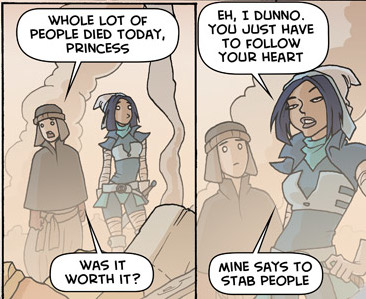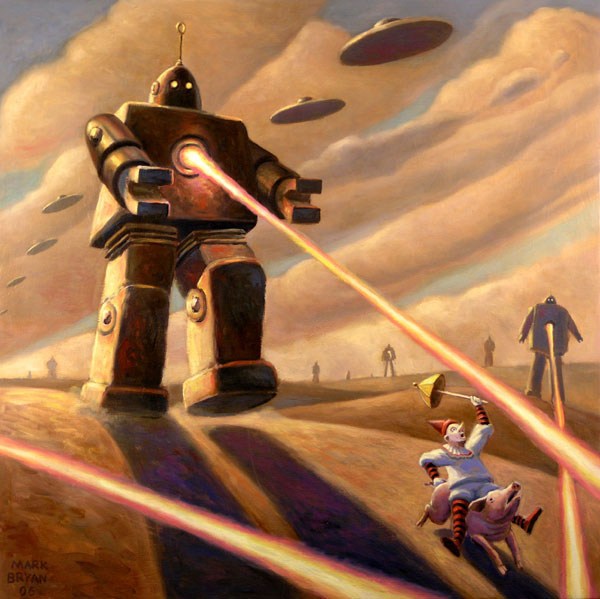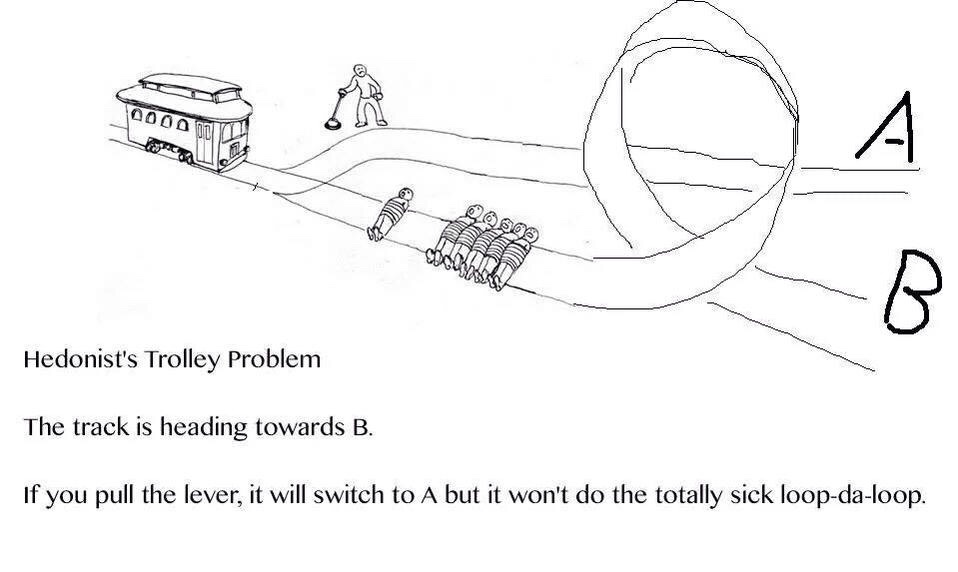Of late I’ve become increasingly concerned with the meaning of identity. When we say, ‘x = x,’ we don’t mean that the x on the left is exactly identical to the x on the right because the x on the left is just that, on the left, and the x on the right is on the right, not the left. Since equality would be useless without having 2 different objects (try to imagine the use of a reflexive identity symbol, i.e., one that for whatever object it is applies to, indicates that the object is identical with itself), there is something mysterious about the use of identity.
But what is the mystery? It cannot be anything to do with the subjects being declared identical: these objects are arbitrary to the particular topic being discussed. For example if I say ‘the morning star = the evening star’ then we are talking about planets, and if I say that ‘3 = y’ then I am talking about numbers. The identity sign is the same in both, even though the objects being discussed are rather different.
It is easy enough to believe that by paying attention to the different objects being declared identical we can know how to act (some sort of context principle *cringe*). But this doesn’t address the question specifically: although we can know how to use the identity symbol in specific instances, this tells us nothing about how identity works or what it means.
Take a look at this:
 |
= |  |
The picture is the same save for location on the webpage.
———–
But what if we call the one on the left a duck and the one on the right a rabbit: what is different? The features obviously don’t change, only the way we are seeing (perceiving? apprehending? looking at? interpreting?) the two images.
(Triple bonus points to anyone who can look at the two pictures at once and see one as a duck and the other as a rabbit. Hint- it is easier for me to do it if I try to see the one on the left as a rabbit and the one on the right as a duck… focus on the mouths.)
In this example, as opposed to the others discussed above, a decision was required to be made – to see one picture one way and the other another way – before the differences even existed. Now, in the above examples it appeared that there was a difference of knowledge: at one point we didn’t know that the evening star and morning star were one and the same, or that y was equal to 3. This isn’t the case when looking at identical duckrabbit pictures because there is nothing about the two pictures that is different; the difference is entirely in the mind.
Let me make a suggestion about how to describe the phenomenon of being able to see one image two different ways: the image can be instantiated in two different ways, i.e. it has an associated universe with a population of two. There are two possible descriptions associated with this image and until we make a decision about how to describe it, the image is like an uninstantiated formula.
Identity, then, is an indication that the two associated objects are things that can be generalized to the same formula. The picture of the duck and the picture of the rabbit can be called identical because they both have a single general formula (the duckrabbit picture) that can be instantiated into either. The identity symbol indicates that the two associated objects are two instantiations of the same general thing, be it a number, planet or image (but not objects in space-time because that would be self-contradictory… space-time and instantiation, a topic for another day).
How identity works can now be identified: it is to instantiate and generalize. Consider the mystery of how we see the duckrabbit one way or the other: no one can tell you how you are able to see the image one way or the other. However, you are able to instantiate the image in one way and then another, and recognize that both the duck and rabbit are shown by the same image.
Instantiation and generalization are skills and the identity symbol between the two images above indicates that you have to use that skill to generalized both to one formula. Most of the time it is non-trivial to instantiate or generalize in order to show two things (formulas) to be equal. In the case of the duckrabbit it is trivial because the work went into the instantiation process (to see the images one way or the other); in the other examples the situation is reversed, such that we had the instantiations but not the general formula. In all cases, though, only when we can go back and forth between different instantiations and a single generalization do we claim two things identical.


